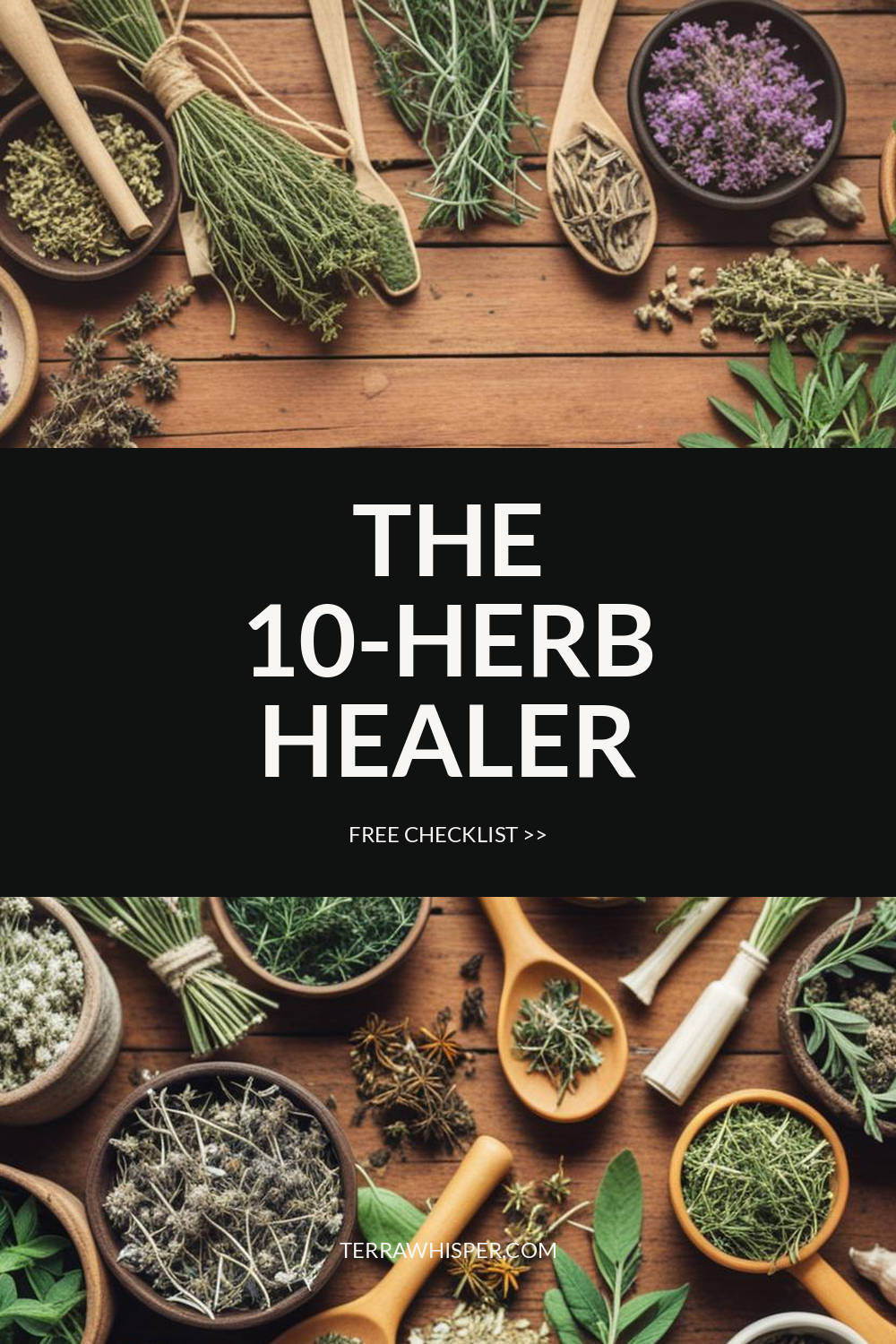Red Clover (Trifolium Pratense)
Information Reliability Score: 2/10
This score reflects the overall reliability of the information presented in this article. It is based on the quality of scientific evidence, accuracy of sources, and the transparency of references related to Trifolium pratense.
Red Clover, scientifically known as Trifolium pratense, is a flowering plant commonly used as a medicinal herb and adaptogen. It is valued for its rich content of isoflavones, which offer anti-inflammatory, antioxidant, and estrogen-like properties, making it beneficial for hormonal balance, menopause symptoms, and cardiovascular health. Traditionally, Red Clover has been used in European herbal medicine to treat respiratory issues, skin conditions, and as a diuretic, while also being a symbol of love and fertility in various cultural traditions. In modern wellness, it is often consumed as a tea, supplement, or in raw form to support detoxification and immune function. Its distinctive trifoliate leaves and pale pink flowers, along with its historical use in ancient herbal practices, make it a unique and versatile plant in both traditional and contemporary health practices.
FREE CHECKLIST
The Only 10 Herbs You Need to Heal 90% of Common Ailments.

